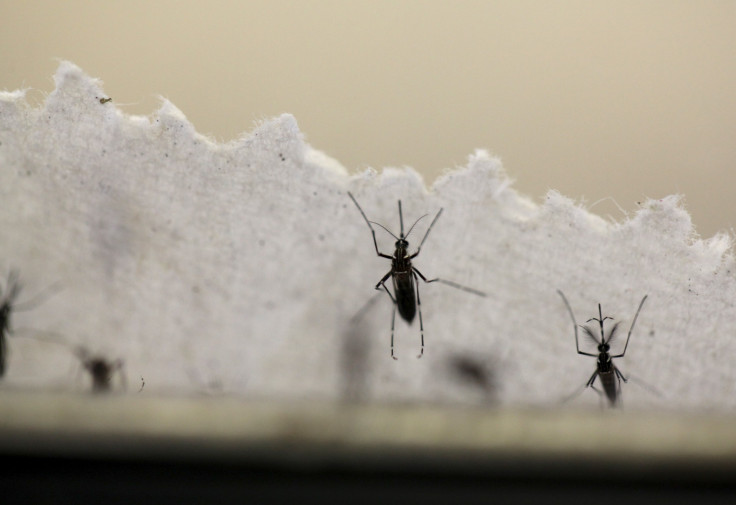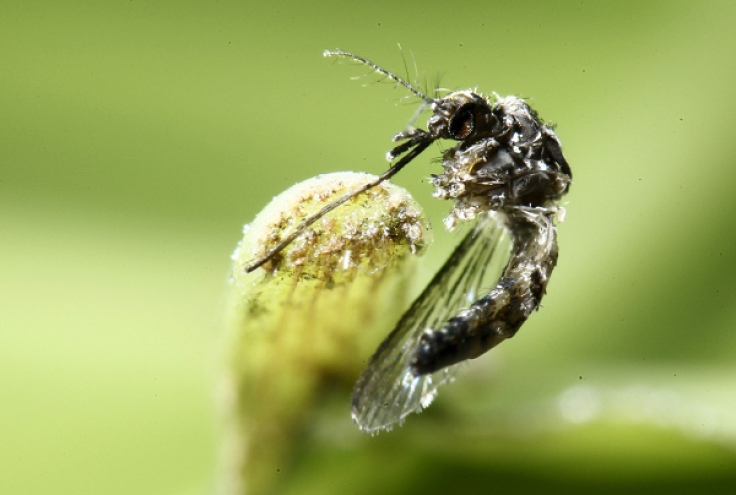How Drones And Sterile Mosquitos Can Fight Zika, Other Diseases

After the Zika virus became a global health emergency a couple of years ago, a nonprofit is hoping to fight the spread of the disease and other mosquito-borne illnesses by using drones.
The recent Zika epidemic, which originated in South America in, led to travel advisories for pregnant women. The disease was later linked to microcephaly, a birth defect in which a baby’s head is smaller than average. Besides the Zika virus, mosquitos also infect humans with other diseases, like dengue and malaria. The nonprofit WeRobotics points out that mosquitos kill more humans every year than any other animal.
To help fight against the insect’s spread of diseases, WeRobotics is taking a technological approach. The nonprofit received a grant from USAID in 2016 to design, prototype and field-test a “mosquito release mechanism specifically for drones.”
The nonprofit, helped by the Insect Pest Control Laboratory (IPCL), has been working on a drone-based mosquito release system to help against the spread of disease. The mosquitos that will be released from drones are different from others: non-biting, sterile male mosquitos. The insects produce sterile eggs after mating, reducing the local mosquito population, and leading to a reduction in diseases. The method is called the Sterile Insect Technique (STI), and has been previously used successfully for more than five decades.

The method of having drones carry the sterile mosquitos has some tricky aspects. Developing a release system for the insects from the drone is difficult because the mosquitos are fragile, compared to other animals like fruit flies. A bad release could lead the insects to damage their wings or their bodies. Those injuries could then prevent the mosquitos from successfully competing against rival non-sterile insects that could carry diseases.
WeRobotics developed a release system that includes a rotating cylinder with small slots that transfers the insects by groups.
The release mechanism can be seen in this video:
Researchers also had to work to keep the mosquitos in the right temperature during transportation to the drone’s takeoff location, the setup of the platform and during the flight. Having the right temperature helps put the mosquitos in a sleep-like state, which means they won’t be active and won’t hurt each other when they are placed in the release system.
“[...] Mosquitos are particularly fragile. So if they get damaged while being released, game over,” WeRobotics explained in a blog post. “What’s more, in order to pack one million mosquitos (about 2.5kg in weight) into a particularly confined space, they need to be chilled or else they’ll get into a brawl and damage each other, i.e., game over.”
The insects will be flown in $5,000 drones. While the drones are expensive, the nonprofit says the unmanned aircrafts work better than ground vehicles because cars and trucks sometimes can’t get to locations with bad roads.
To reduce the incidence of #Zika, we're preparing to field test our #drone based release mechanism in Latin America with the @iaeaorg's Insect Pest Control Lab. Here's the very latest on our joint project supported by @USAID https://t.co/hREgMXTGFg pic.twitter.com/AJeksn57M1
— WeRobotics (@WeRobotics) January 24, 2018
The nonprofit hopes to release 50,000 to 100,000 mosquitos over one square kilometer throughout a single drone fight. WeRobotics says it plans to field test the release system with live mosquitos in Latin America early this year. The nonprofit says it will share the results of the tests in the coming months.
© Copyright IBTimes 2024. All rights reserved.











